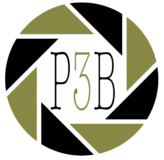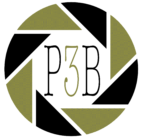With the introduction of a color image, the truly groundbreaking photographic developments of much of the 20th century have been told. After the Second World War, the photo industry was mainly concerned with the further development of the technical part of the camera. Light metering and distance metering were added to the camera, automatic exposure, the quality of the lenses was continuously improved and the dimensions of the devices became more compact and the device became lighter.
But before all these auxiliary equipment was integrated as standard in a camera, an extensive development history preceded it. This chapter tells the development of the various auxiliary equipment.
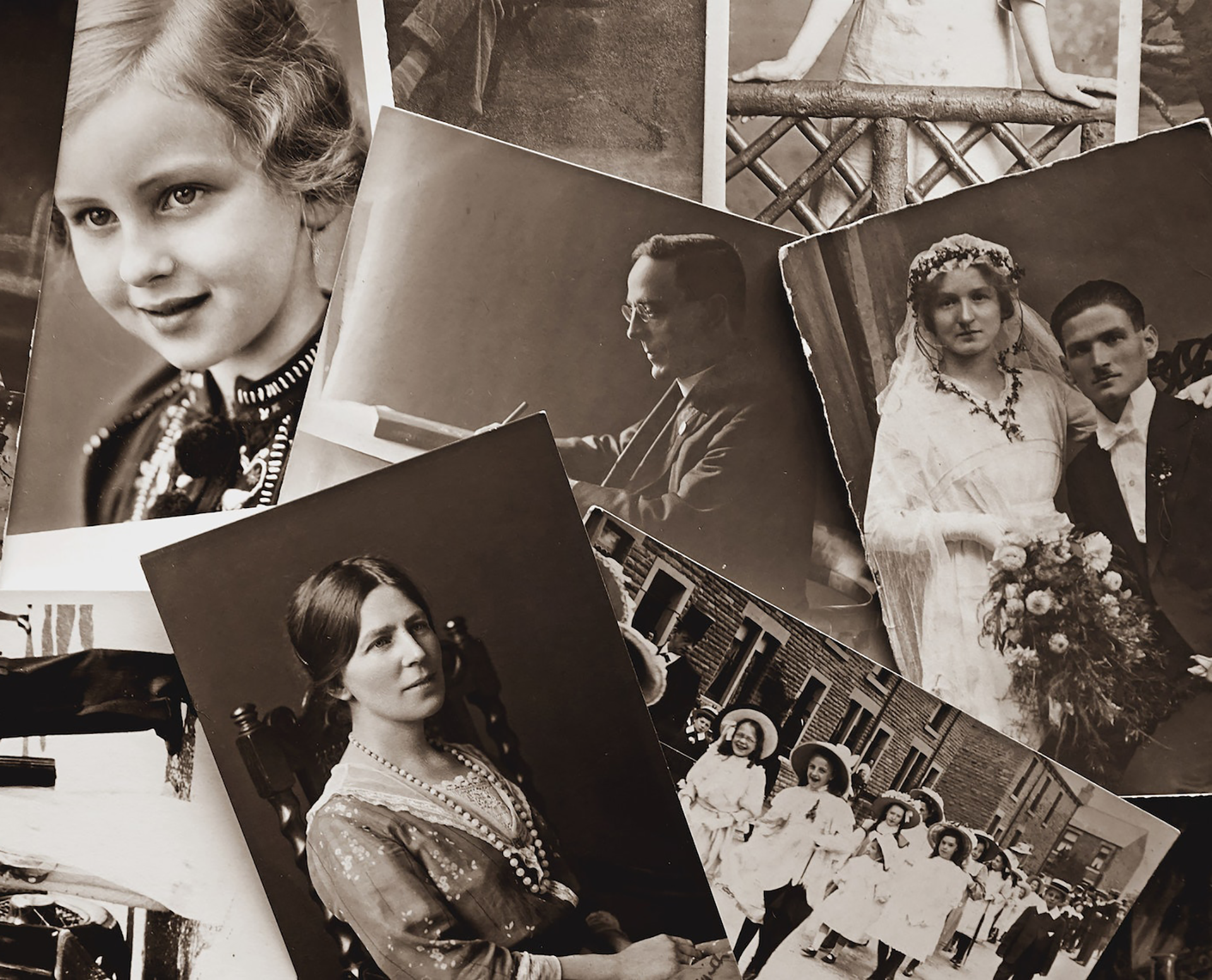
If you’re a modern photographer, you’re probably shooting digital and have left behind the use of separate photo accessories. You no longer use a separate meter that determines the distance from the camera to the subject, nor do you use a separate self-timer that would delay the camera shutter long enough to allow the operator to get into the picture.
In the early years of photography, these were indispensable tools to achieve a successful shot. Almost all of these accessories are now either extinct or integrated into the camera. But fear not! Some old school photography accessories are still very relevant, and pretty awesome! Consider, for example, a tripod, a lens hood, interchangeable lenses or filters that correct the image in terms of color or composition. First up: the exposure meter!
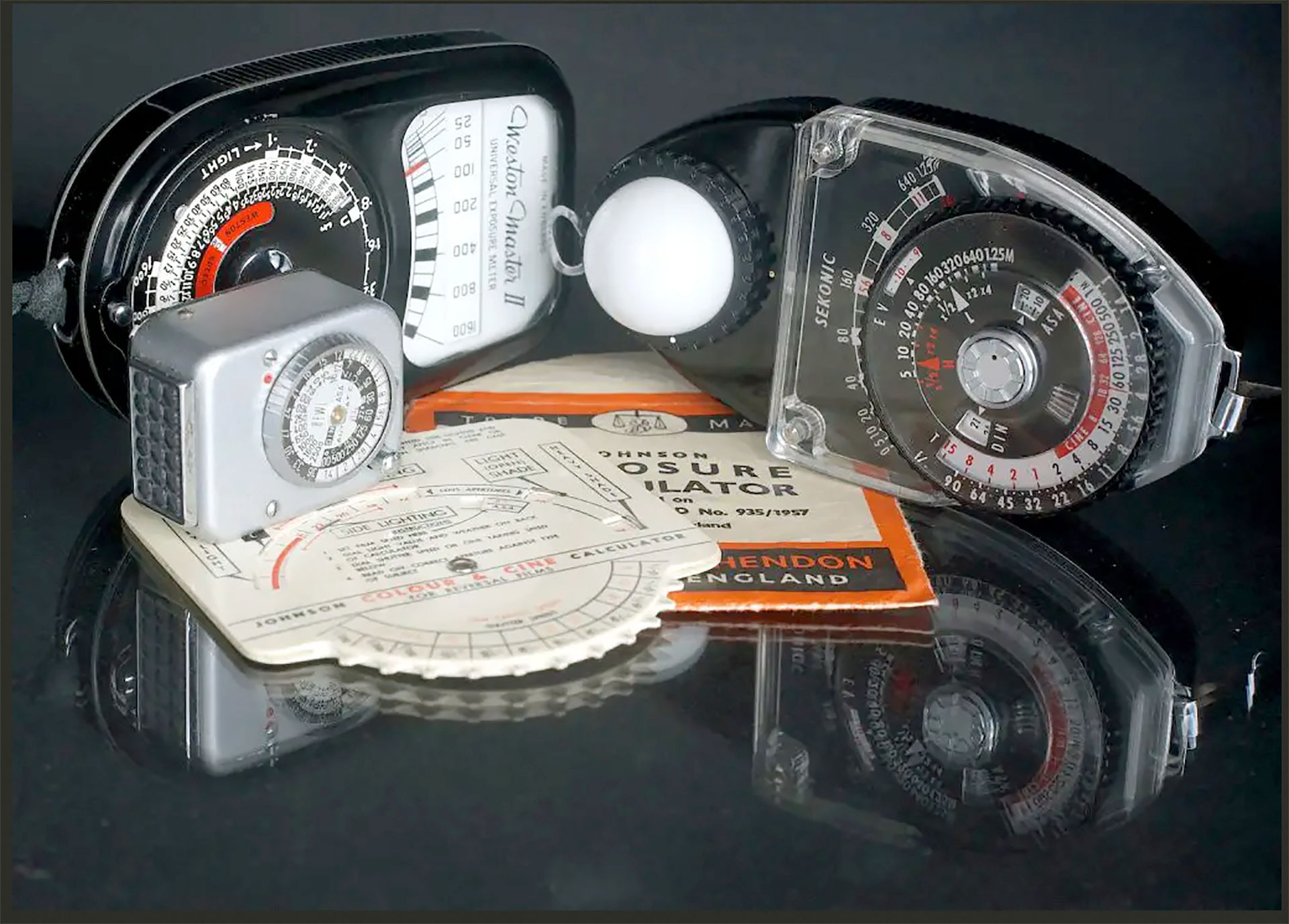
An exposure meter (short form meter, commonly light meter) is an instrument that measures light and can calculate exposure settings, taking account of film or sensor sensitivity (ASA/DIN).
All exposure meters can be grouped into an introduction and six main groups + exposure tables. You can reach the respective group directly by clicking on one of the headings.
Introduction
Group 1 – Exposure tables, clocks & calculators –
Group 2 – Chemical/ optical meters (actinometers) –
Group 3 – Optical extinction & comparison meters –
Group 4 – Photoelectric selenium exposure meters –
Group 5 – Battery-powered photoelectric light meters –
Group 6 – Special purpose exposure meters –
Accessory range finders are small optical devices that use the distance between two lenses to determine the distance to an object. To use one, you look through a viewing window. Inside you will two images superimposed over each other (one is tinted and only covers the center of window). Turning a dial on the rangefinder causes the two images to converge or diverge. Turn the dial until the the particular point that you want to measure is perfectly aligned. Then look at the dial itself: it will give you a reading. That’s the exact distance to your subject.
The rangefinder craze mostly spanned the 1930s to the early 1960s. Thus these are the golden decades for accessory range finders. Because the photography world was dominated by Germany and the US during that time, the vast majority of range finders out there come from one of these two countries. There are a couple of exceptions, however.
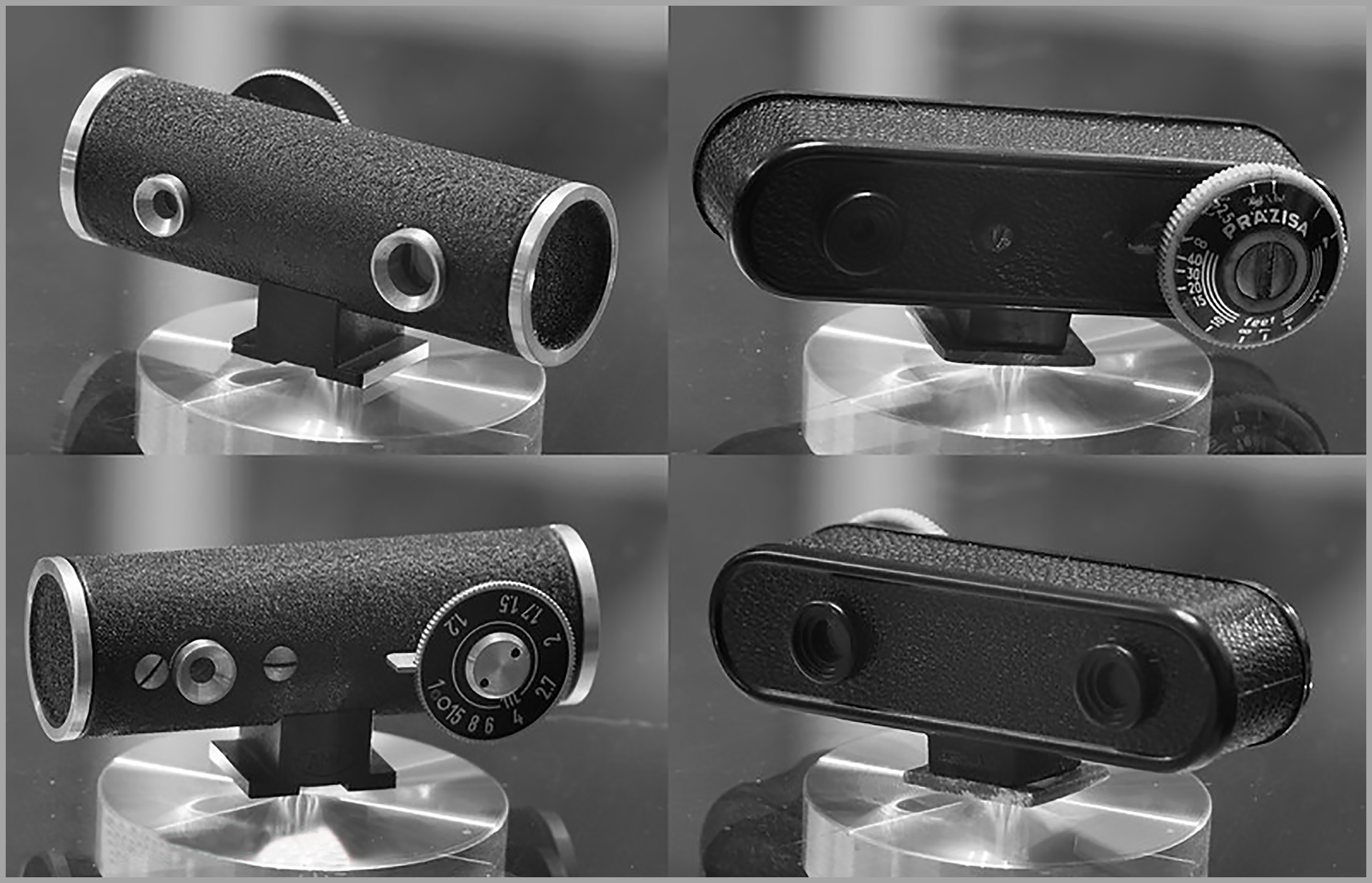
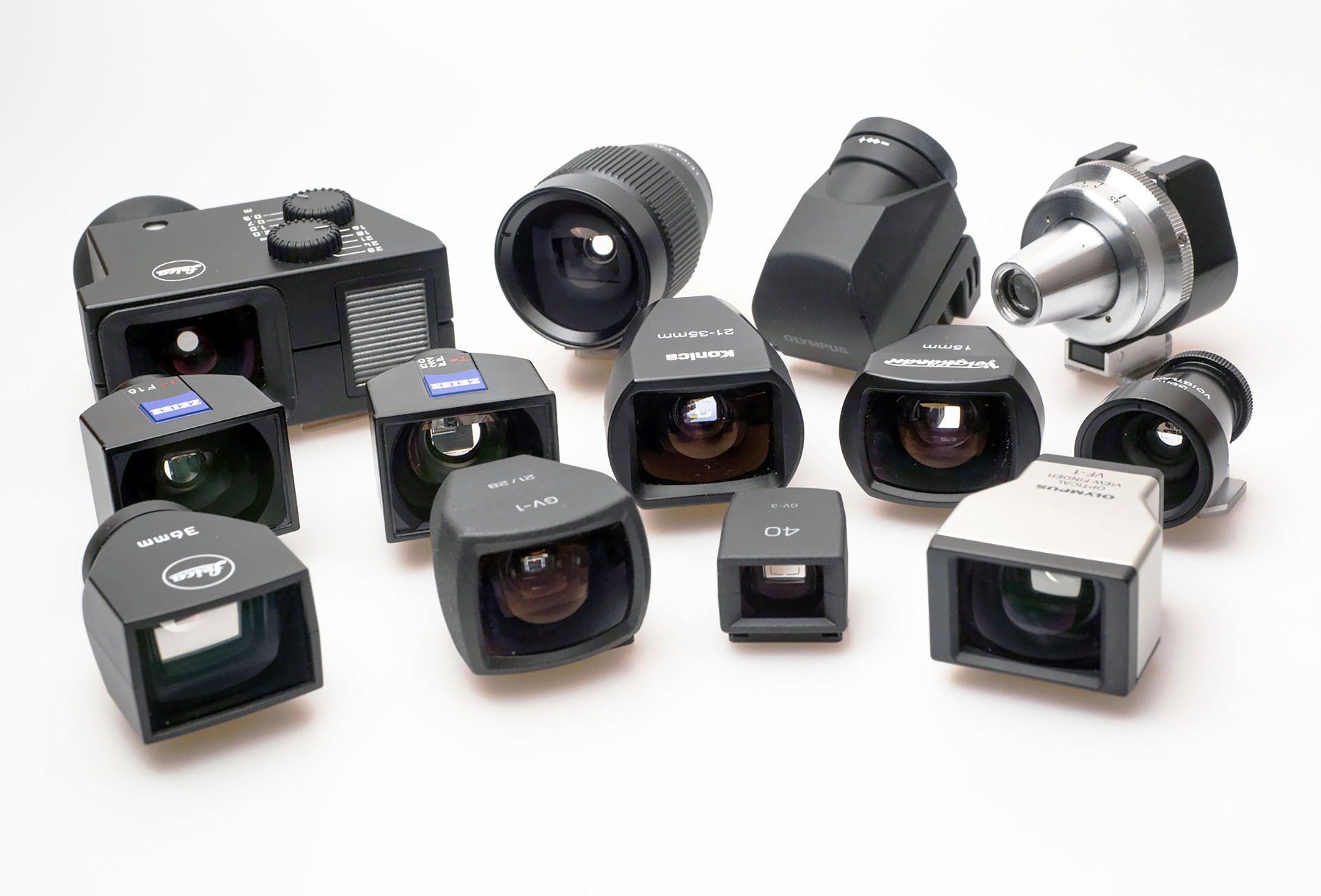
In photography, a viewfinder is what the photographer looks through to compose, and, in many cases, to focus the picture. In (basic) cameras most viewfinders are separate from the taking lens, and suffer parallax, while at the single-lens reflex camera the viewfinder uses the main optical system: the taking lens.
Attachable viewfinders have been around for more than 100 years, and photographers use them for a variety of reasons. Either the camera has no viewfinder at all or the camera’s own viewfinder can’t cover a certain angle of view or an external viewfinder gives a superior performance.
(delayed action devices)
With the self-timer on a camera, the exposure is delayed by a few seconds. The self-timer is not only used to get into the picture yourself, it is particularly useful when you need to release the shutter without shaking, for example with long exposure times. Previous wind-up self-timers were screwed into the camera’s shutter release button or attached to the front of the camera as a lever. Today’s digital cameras can set the lead time in the menu.
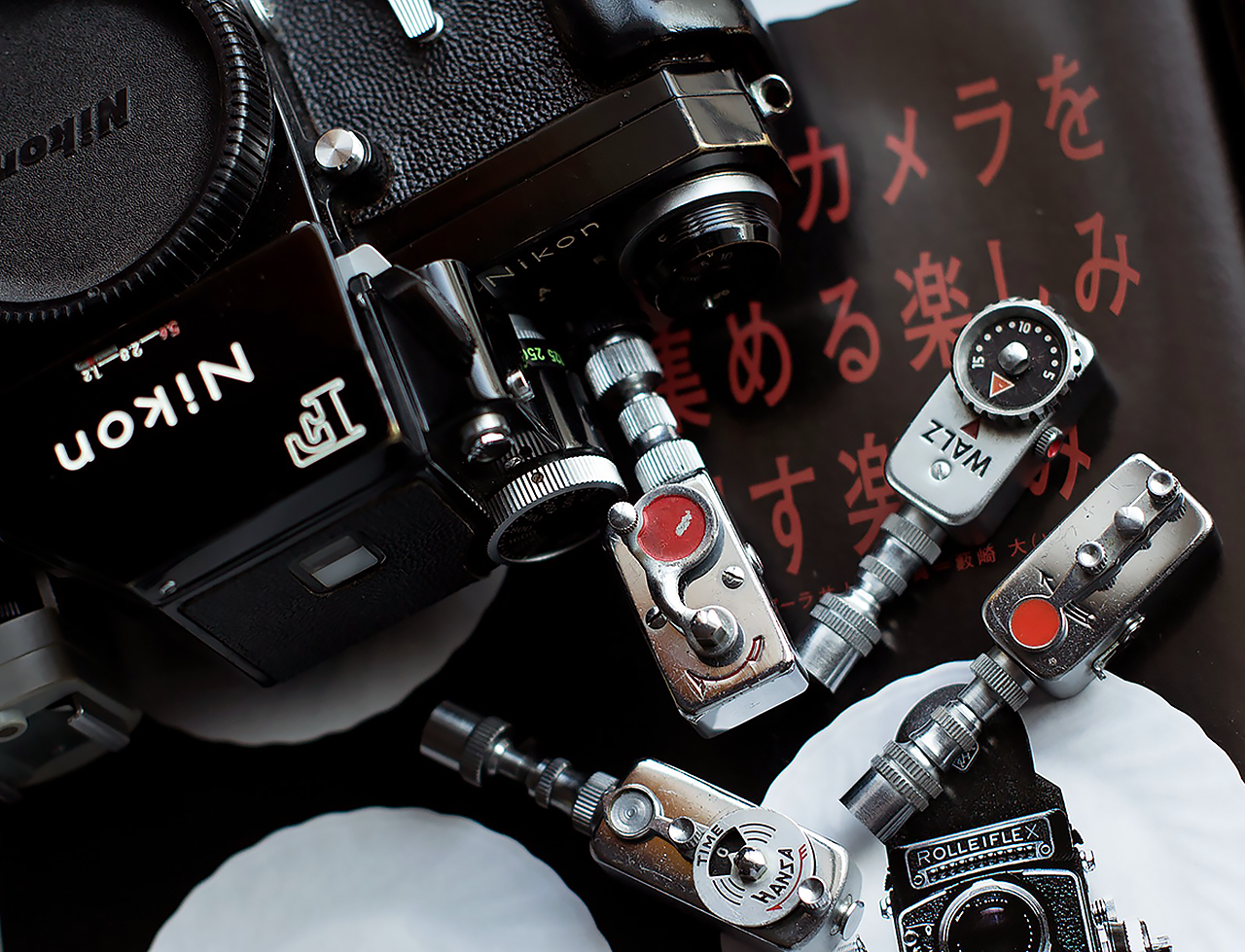
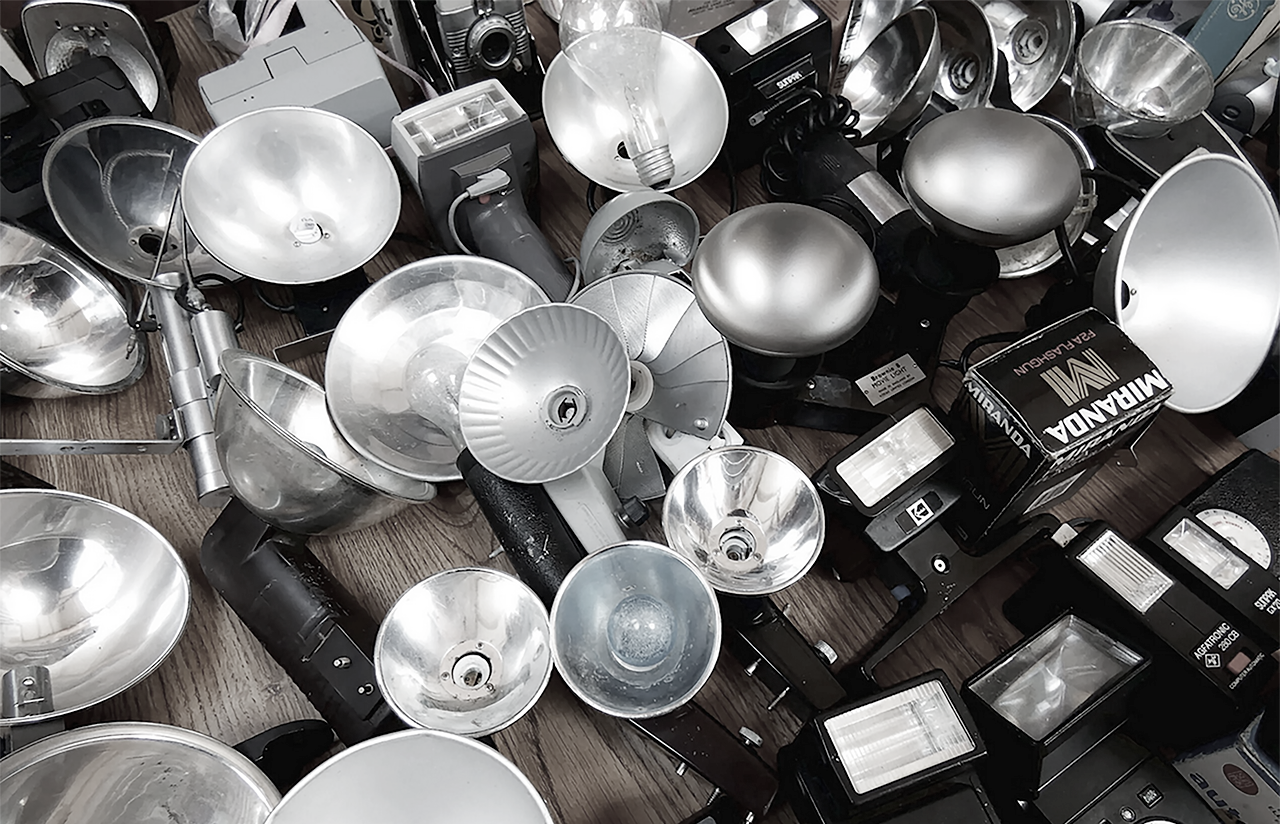
These days, with the advancement of digital photography, the use of supplemental camera lighting for most applications is of minor concern. However, early photographers were faced with much longer times to capture an image and so adequate lighting was a much bigger issue.
The chapter on the history of flash equipment is divided into an introduction and five groups. You can reach the respective group directly by clicking on one of the headings.
• introduction
• group-1 – Pyrotechnic Flash Mixtures
• group-2 – Safer flash-powder ignition
• group-3 – Electrical ignited flash bulbs
• group-4 – Multiple flash solutions
• group-5 – Electronic built-on flash guns
Like almost everywhere on the website, in addition to historical context, some technical and general information about optics in general and lenses in particular is covered here. Although limited, even this is quite a lot.
Because it is also a topic, a few special comments are dedicated to the bokeh effect (the aesthetic of the blurred quality or effect seen in the out-of-focus portion of a photograph taken with a narrow depth of field).
A detailed description about optics can be found HERE and a detailed description of each part of this optics chapter is also direct reachable by clicking on the name of the topic.
The subdivision is as follows:
• Lens-development • General-characteristics
• Apertures • Bokeh • Overview.
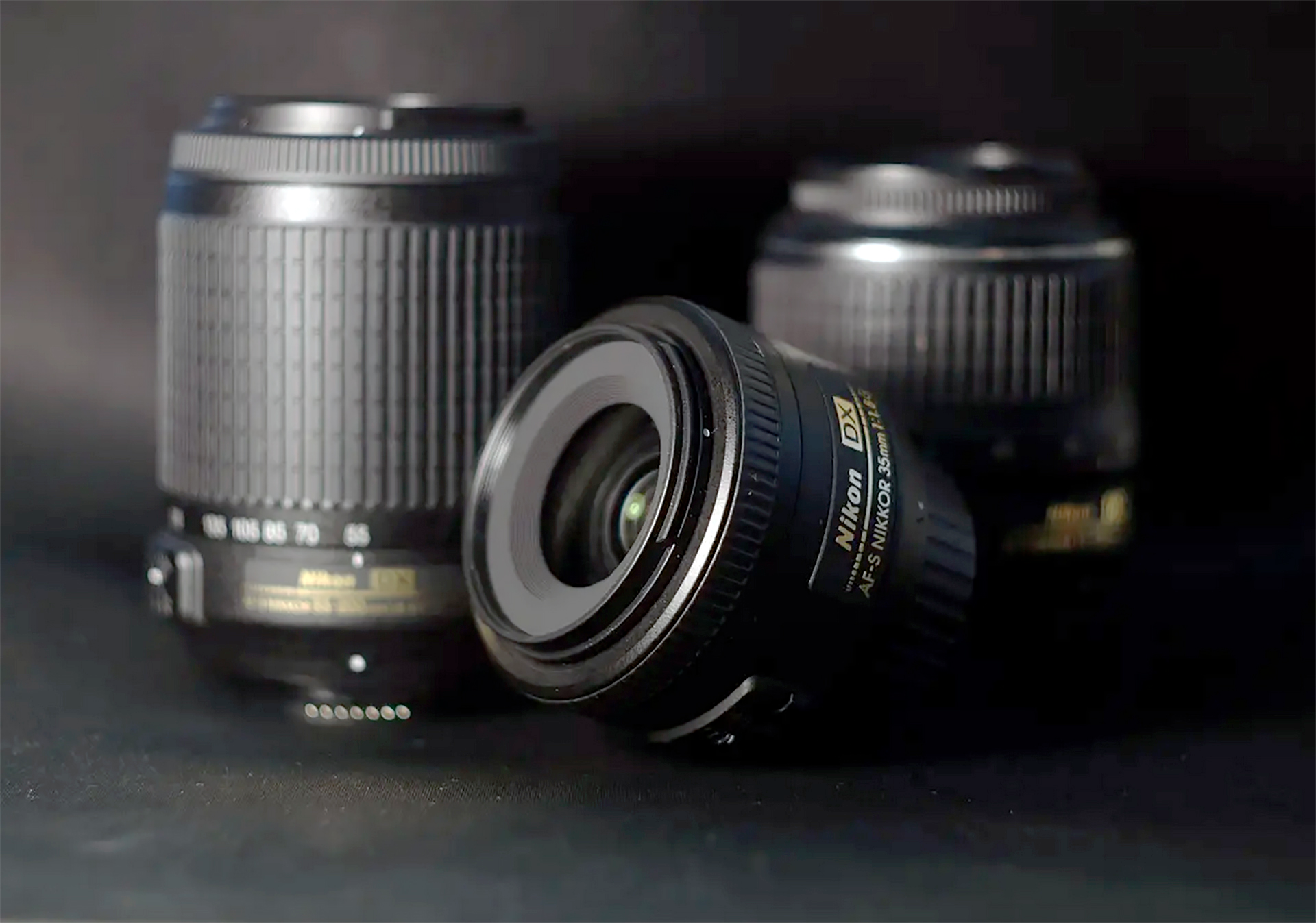

No other photographic accessory has accompanied generations of cameras over more than 100 years as faithfully as the small lens attachment made of glass, gelatin or something else more or less transparent. It is really surprising how diverse this actually simple part has developed from the historical yellow disc. On the one hand, no other photographic accessory is so closely linked to the camera, but is also usually independent of the camera in question
There is a lot of literature on the use of this existential photo accessory; every photo book contains more or less helpful information. And you can find out enough about the physical principles, light components and their effect on the film emulsions on Google. On the Filter-page you will find the history, backgrounds and numerous examples of attachable filters. In case you want to see an overview of the most common types click than HERE.

He promoted chemical remedies and observed that metals reacted differently with acids; that sulphur extracted something from the air in order to burn; that silver nitrate darkened on exposure to light; surmised the existence of elementary (atomic) particles; and described newly discovered compounds and methods of preparation. Sala’s discovery of light-sensitivity of silver was advanced by other chemists before photography was finally achieved in the 1830s.
One of Sala’s primary areas of study concerned chemical identity and change. Between 1612 and 1617 he worked in The Hague. His experiments at this time with silver nitrate and silver salts were an important step towards the invention of the photographic process; he introduced the alchemical name “magisterium argenti,” or “crystalli Dianae,” for silver nitrate, which he also called “lapis lunearis” and described in his Opera medica chimicae the smelting of silver nitrate.
In Septem planetarum terrestrium spagirica recensio (1614) he reported that “When you expose powdered silver nitrate to sunlight, it turns black as ink, and also its effect on paper; silver nitrate wrapped in paper for a year turned black
This discovery of the sun’s effect on powdered silver nitrate was not replicated by then “respected” scientists and was subsequently disregarded as having “no practical application,” despite the use of silver nitrate in the practice of alchemy. Robert Boyle made a similar observation later, but mistakenly believed that the darkening resulted from exposure to air, rather than light.

Johann Heinrich Schulze (12 May 1687 – 10 October 1744) was a German professor and polymath. Schulze studied medicine, chemistry, philosophy and theology and became a professor in Altdorf and Halle for anatomy and several other subjects.
Johann Heinrich Schulze grew up as a half-orphan and lived and learned in Halles orphan house, founded by August Hermann Francke. His goal was to make education accessible for everyone. The old buildings still exist and so does the idea of Francke through the work of the Franckesche Stiftung.
Schulze is best known for his discovery that the darkening in sunlight of various substances mixed with silver nitrate is due to the light, not the heat as other experimenters believed, and for using the phenomenon to temporarily capture shadows. Schulze’s experiments with silver nitrate were undertaken in about 1717. He found that slurry of chalk and nitric acid into which some silver had been dissolved was darkened by sunlight, but not by exposure to the heat from a fire, a phenomenon known since the 16th century and possibly earlier.
To provide an interesting demonstration of darkening by light, he applied stencils of words to a bottle filled with the mixture and put it in direct sunlight, which produced copies of the text in dark characters on the surface of the contents. The impressions persisted till shaking the bottle erased them or until overall exposure to light obliterated them.
Because they were produced by the action of light, an extremely broad and literal definition of what a photograph is may allow even these fluid, ephemeral sun printings to qualify as such, and on that basis many German sources credit Schulze as the inventor of photography.
Though Schulze’s work did not provide a means of permanently preserving an image, it did provide a foundation for later efforts toward that end. Thomas Wedgwood and Humphrey Davy produced more substantial but still impermanent shadow images on coated paper and leather around the year 1800.
Nicéphore Niépce succeeded in photographing camera images on paper coated with silver chloride in 1816 but he, too, could not make his results light-fast. Henry Fox Talbot made the first permanent camera photograph of this type in 1835.

Carl Wilhelm Scheele was born in 1742 in Stralsund, a small town on the Baltic coast (now part of Germany) that at the time was under Sweden’s jurisdiction. The son of a rather unsuccessful brewer and corn-chandler, young Carl developed a keen interest in chemistry and went on to become a good pharmacist. He used to work as an assistant in pharmacies and showed a talent in chemistry from a very young age.
In spite an offer made to him to study in London or Berlin, he operated a pharmacy in Köping where he spends the rest of his life and made all his important inventions.
